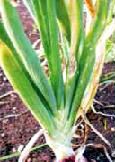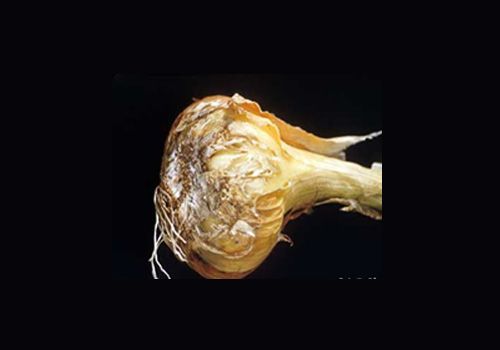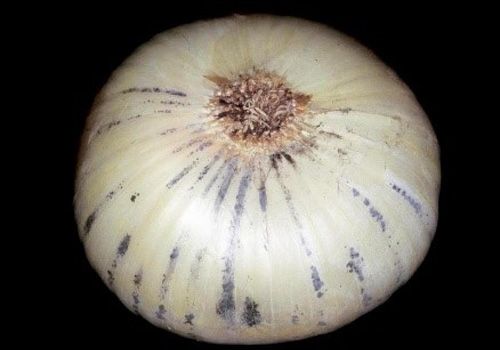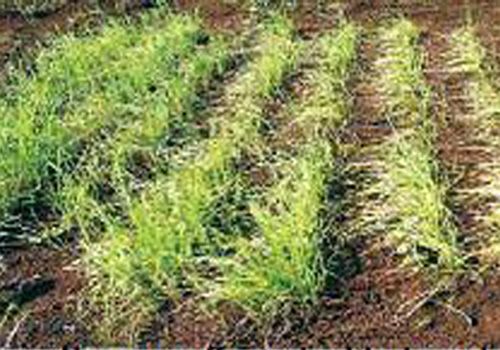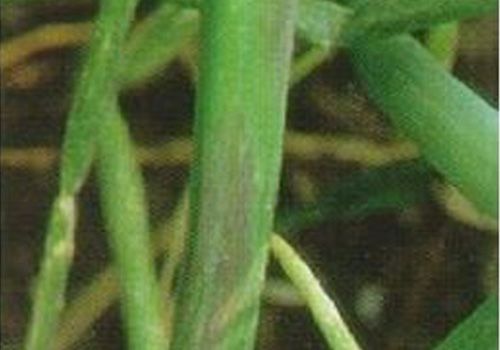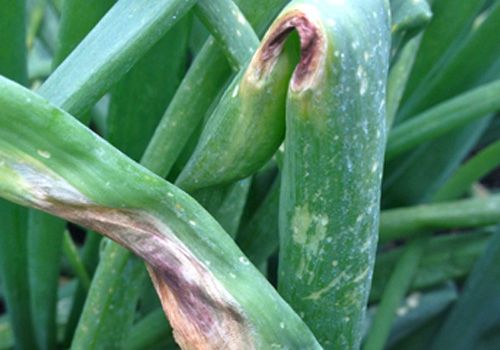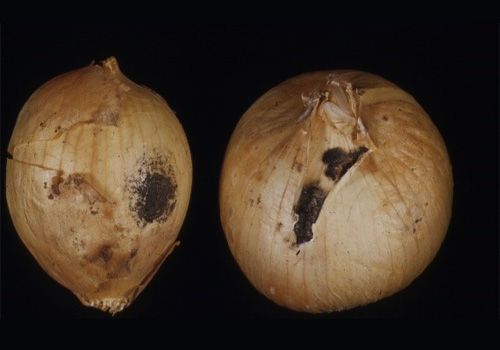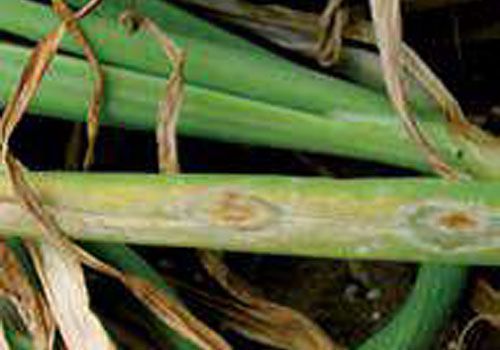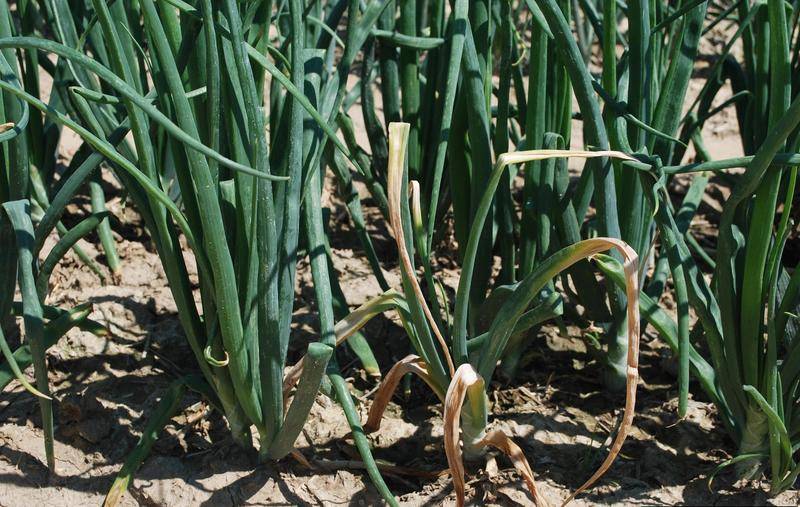
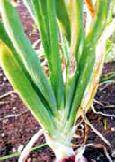
Anthracnose
The symptoms appear initially on the leaves as water soaked pale yellow spots.
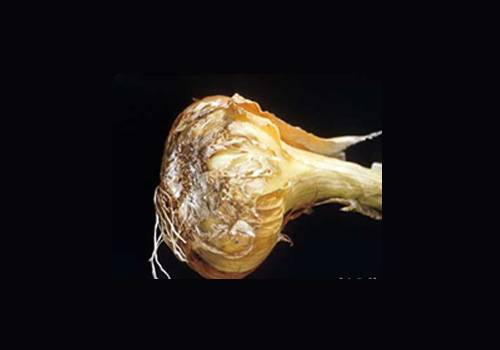
Basal Rot
Yellowing of leaves, stunted growth, root and dry rot of stem.
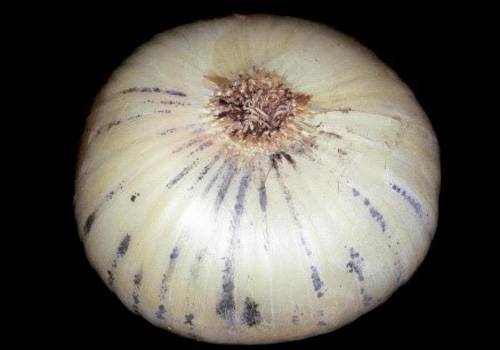
Black mold
The disease is common in onions stored in hot climates

Damping off
The disease is more prevalent during kharif season
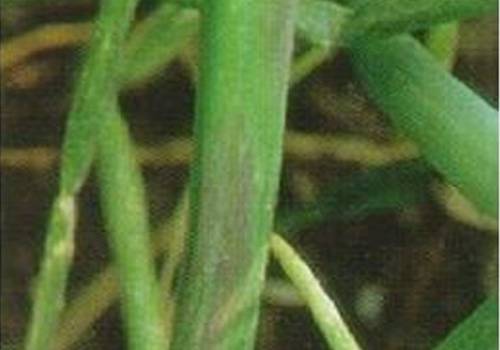
Downey mildew
The disease is worst in damp conditions and late planting of the crop
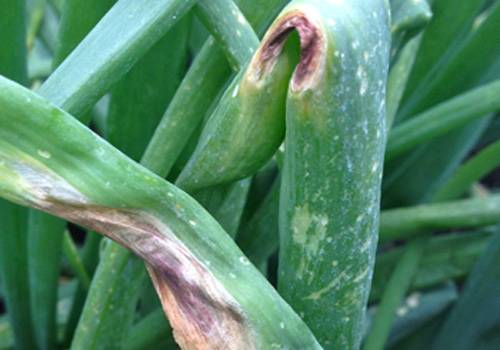
Purple Blotch
Initially small water soaked lesions on leaves or on seed stalks

Smudge
It occurs on white onion varieties and reduces the market value of the bulbs.
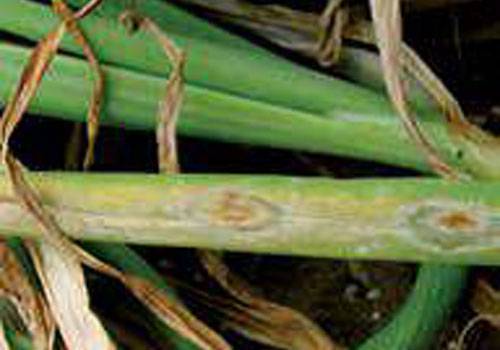
Stemphylium Leaf Blight
Small, light yellow to brown and water-soaked lesions develop on leaves.

Tospovirus
Eye shaped or diamond shaped spots will appear on scapes.
